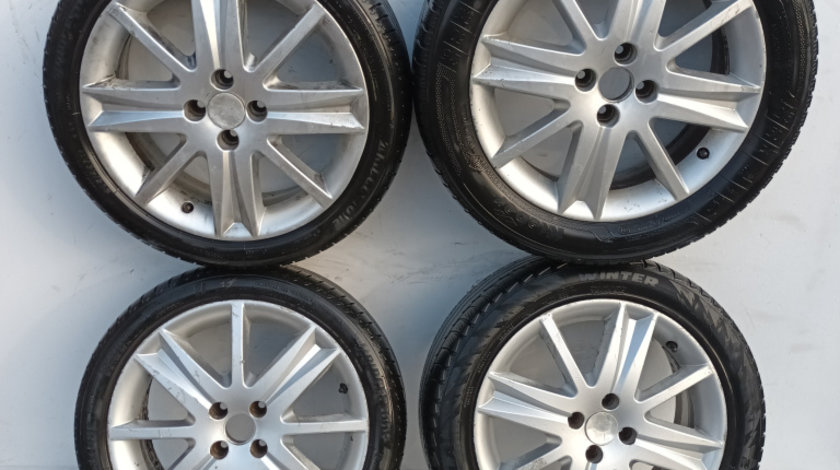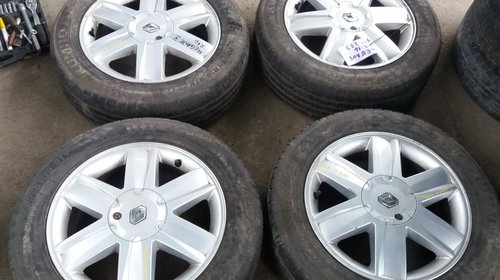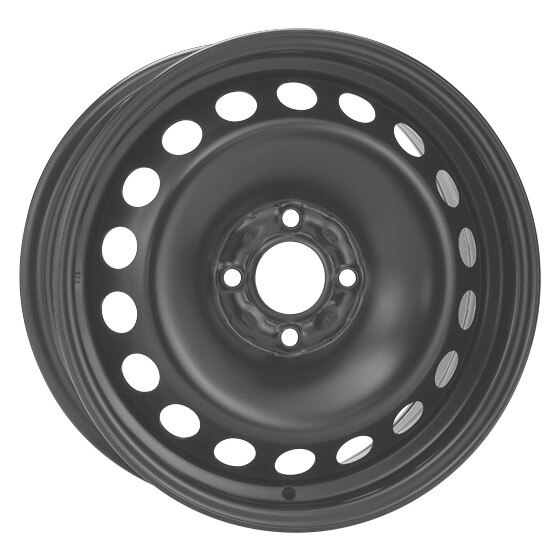
Jante Aliaj Originale Renault R16 In Stare Foarte Buna - 1000 Lei - in Brasov, judet Brasov (ID 7130711)

Set 4 jante aliaj Renault Megane IV, Talisman ET46 7.5 J X 18CH 5 OE 403006336R | Piese si accesorii 100% originale | Dacia | Renault | Nissan



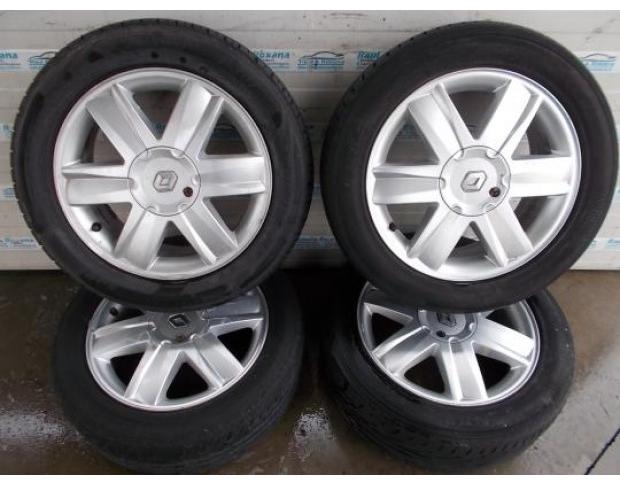
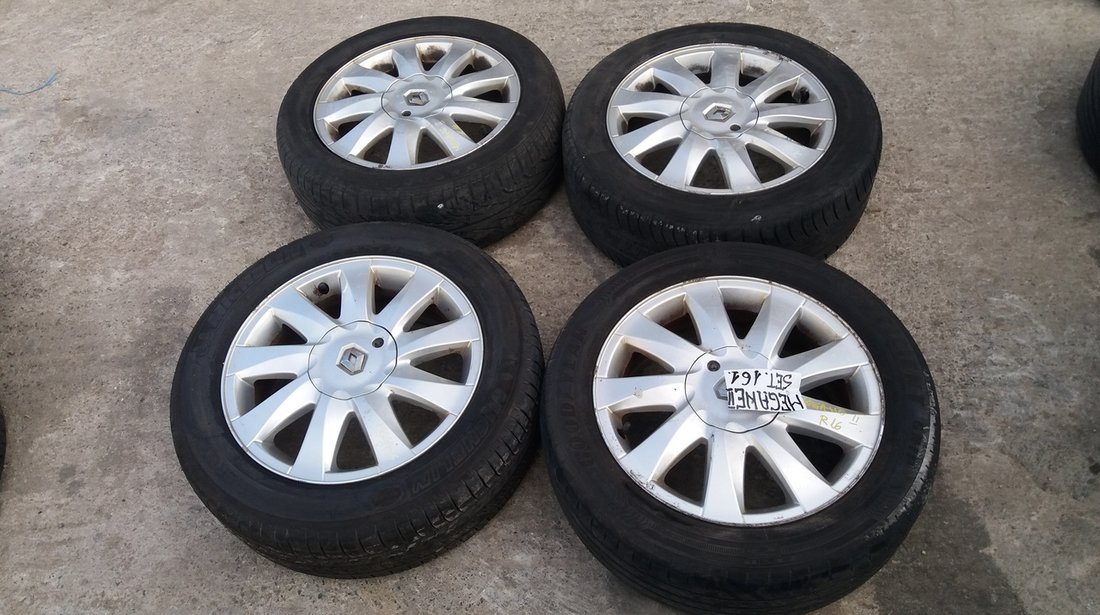

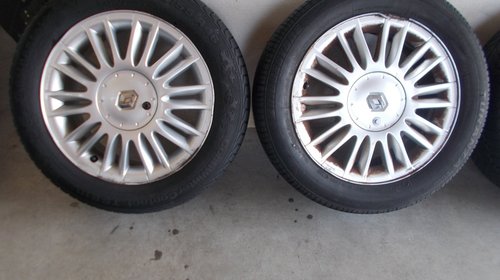
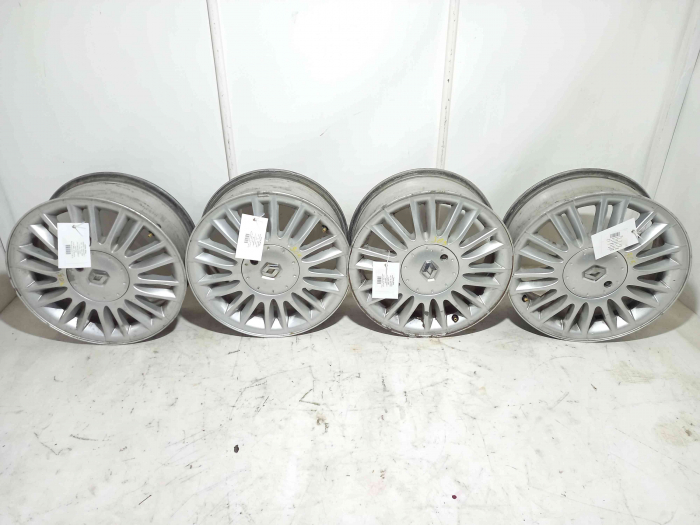





![Cumpara Set jante aliaj Renault Megane 2 [Fabr 2002-2008] 4x100 / R15 Dezmembraru Cumpara Set jante aliaj Renault Megane 2 [Fabr 2002-2008] 4x100 / R15 Dezmembraru](https://gomagcdn.ro/domains2/dezmembraru.ro/files/product/original/set-jante-aliaj-renault-megane-2-fabr-2002-2008-4x100-r15-929882.jpg)

